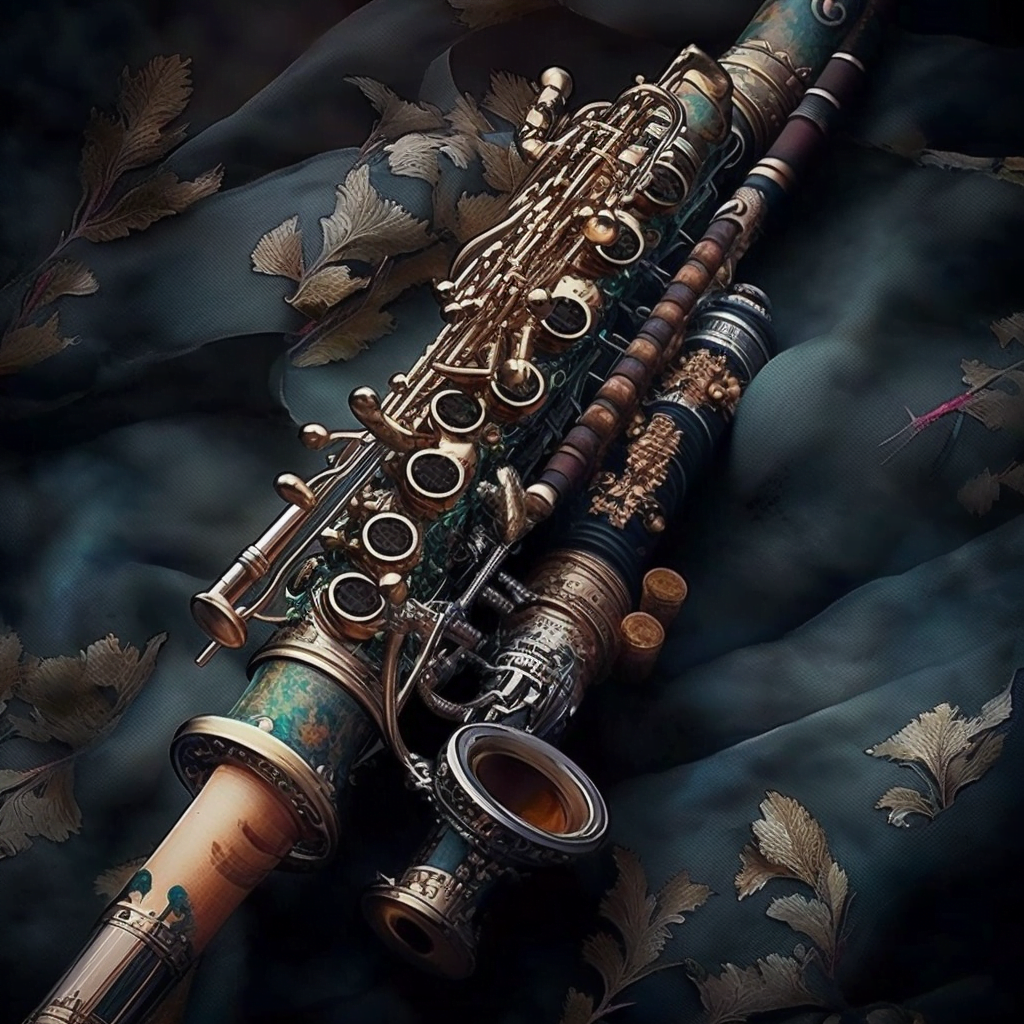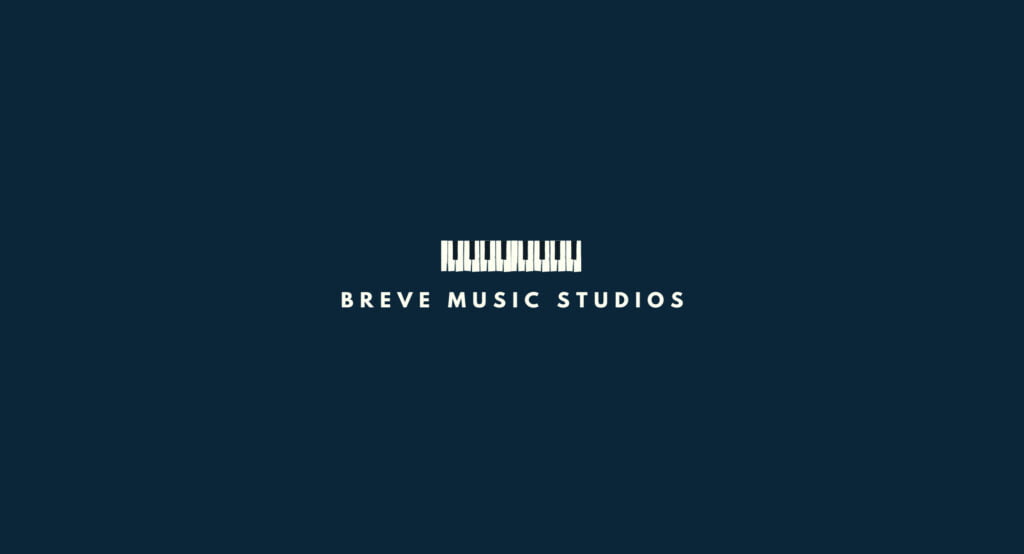Table of Contents
New Free E-Book: 15 Best Orchestral VSTs
10 Best Woodwind VSTs in 2023
Welcome Composers and Arrangers! Are you researching the best Woodwind VSTs for your piece? Here is my list of the top choices for your next woodwind library (in no particular order):
- Berlin Woodwinds (Orchestral Tools)
- CineWinds (Cinesamples)
- Spitfire Symphonic Woodwinds (Spitfire Audio)
- Cinematic Studio Woodwinds (Cinematic Studio Series)
- Symphony Series Woodwinds (Native Woodwinds)
- Hollywood Orchestral Woodwinds (EastWest)
- Chris Hein Orchestral Winds (Chris Hein)
- SWAM Solo Woodwinds (Audio Modeling)
- Woodwinds Ensembles (Sonokintetic)
- VSL Woodwinds (Vienna Symphony Library)
What Are Woodwind VSTs?
Woodwind virtual studio technology, also known as Woodwind VSTs, have become an essential tool for composers, producers, and musicians who want to add the expressive and rich tones of woodwind instruments to their music. With advancements in technology, woodwind VSTs have become incredibly realistic and versatile, allowing for creative and professional compositions without the need for physical instruments. In this article, we will explore in depth the benefits of using woodwind VSTs, their various applications, and some of the best woodwind VSTs available in the market.
Woodwind VSTs offer a range of advantages to musicians and producers. One of the most significant benefits is the convenience and accessibility they provide. With a woodwind VST, you can have access to a wide range of woodwind instruments at your fingertips, without needing to purchase or maintain physical instruments. This can be especially beneficial for musicians who may not have access to real woodwind instruments or lack the expertise to play them proficiently. Woodwind VSTs also offer the ability to compose and produce music in a home or studio setting, without the need for large recording spaces or expensive recording equipment. This makes them an affordable and practical solution for music production.
Another advantage of using woodwind VSTs is the flexibility and versatility they provide. They often come with a vast library of articulations, playing styles, and dynamic controls that allow for expressive performances. These include staccato, legato, pizzicato, trills, runs, and more, allowing for realistic and nuanced performances. With a woodwind VST, you can easily switch between different playing styles and articulations to create a dynamic and authentic performance that fits your musical vision. Many woodwind VSTs also offer the ability to control parameters such as vibrato, breath noise, and dynamics, allowing for further customization and fine-tuning of the performance to match your specific musical requirements.
Woodwind VSTs also offer the advantage of being able to create unique and experimental sounds that may not be possible with physical instruments. Many VSTs come with advanced synthesis and sound design capabilities that allow for creative manipulation of the sound. This can include altering the timbre, pitch, and modulation of the woodwind instrument, creating unconventional and otherworldly sounds that can add depth and character to your compositions. This versatility and flexibility make woodwind VSTs an invaluable tool for composers and producers who want to push the boundaries of their music and experiment with different sounds and textures.
Genres To Use VSTs
Woodwind VSTs find applications in various musical genres and styles. One of the most common genres where woodwind instruments are utilized is classical music. These VSTs are widely used in classical compositions to create authentic and realistic performances of woodwind instruments, such as the flute, oboe, clarinet, and bassoon. They allow composers to create complex and intricate woodwind arrangements, including solos, duets, and ensembles, that can mimic the sound and expressiveness of a live woodwind section.
Woodwind VSTs are also popular in jazz and contemporary music genres. In jazz, woodwind instruments, such as the saxophone and clarinet, are prominent and often used for improvisation and solo performances. A great VST can accurately replicate the unique timbres and playing styles of these instruments, allowing for authentic jazz performances. In contemporary music, woodwind VSTs are utilized in various genres, including pop, rock, folk, and world music, to add melodic and harmonic richness to compositions. They can be used to create melodic hooks, solos, or atmospheric textures that can enhance the overall sound and emotion of a composition.
Apart from these genres, woodwind VSTs are also widely used in film scoring, video game music, and multimedia productions. Woodwind instruments are often used in film scores to create emotional and atmospheric soundscapes that enhance the storytelling and add depth to the visuals. They also allow composers to accurately replicate the sound of woodwind instruments, such as the haunting melodies of the flute or the mysterious tones of the bassoon, to create immersive and evocative soundtracks for films, TV shows, and other visual media.

In video game music, woodwind VSTs are commonly used to create dynamic and interactive soundtracks that respond to the actions and events in the game. Woodwind instruments can be used to create memorable melodies, solos, and atmospheric effects that enhance the gameplay and immerse players in the virtual world. Woodwind VSTs with advanced scripting and modulation capabilities allow composers to create interactive and adaptive music that changes based on the player’s actions, adding a layer of interactivity and immersion to the gaming experience.
In multimedia productions, such as commercials, advertisements, and presentations, woodwind VSTs can be used to add a professional and polished touch to the audio. Woodwind instruments can create catchy melodies, playful hooks, and emotional motifs that enhance the overall impact of the multimedia production. Woodwind VSTs can be easily integrated into digital audio workstations (DAWs) and other audio editing software, allowing composers and producers to seamlessly incorporate woodwind sounds into their projects.
Suggestions for Using VSTs
When using woodwind VSTs, it’s essential to keep some best practices in mind to achieve realistic and expressive performances. Here are some tips:
Pay attention to the articulations: Woodwind instruments have a wide range of articulations, such as staccato, legato, flutter-tongue, and trills, that are crucial for creating authentic performances. Experiment with different articulations and playing styles to add expressiveness and realism to your compositions.
Utilize dynamic controls
Woodwind instruments are highly expressive and responsive to dynamics. Take advantage of the dynamic controls in your VST to add natural variations in volume and intensity to your performances. This can help create a sense of dynamics and emotion in your woodwind melodies and solos.
Experiment with vibrato and modulation
Woodwind instruments often use vibrato and modulation techniques to add character and expression to their sound. Many woodwind VSTs offer built-in vibrato and modulation controls that allow you to mimic these techniques. Experiment with different vibrato and modulation settings to add nuance and realism to your performances.
Pay attention to phrasing and breath control
Woodwind instruments require proper phrasing and breath control for realistic performances. Try to emulate the phrasing and breath patterns of real woodwind players when using your VST. Pay attention to the length and spacing of notes, as well as the use of breath accents and breath marks, to create natural and expressive performances.
Layer and blend different woodwind instruments
To create a rich and dynamic woodwind section in your compositions, consider layering and blending different woodwind instruments from your VST collection. This can add depth, complexity, and realism to your arrangements. Experiment with different combinations of flutes, clarinets, oboes, and bassoons to create unique and captivating woodwind textures.
Experiment with effects and sound design
Many woodwind VSTs offer built-in effects and sound design features that allow you to shape and manipulate the sound of the instruments. Experiment with different effects, such as reverb, delay, and EQ, to add depth and character to your woodwind performances. You can also use sound design features, such as filters, envelopes, and LFOs, to create unique and experimental woodwind textures that can enhance the mood and atmosphere of your compositions.
Practice and study real woodwind performances
To create realistic and expressive woodwind performances with your VST, it’s essential to study and understand real woodwind performances. Listen to recordings of professional woodwind players, study their techniques, phrasing, and expression, and try to replicate them in your compositions. Practicing your performances with a MIDI controller or a wind controller can also help you develop a better understanding of the nuances of woodwind playing.
Conclusion
Woodwind VSTs are powerful tools for composers and producers to create realistic and expressive woodwind performances in film scoring, video game music, and multimedia productions. By paying attention to articulations, utilizing dynamic controls, experimenting with vibrato and modulation, focusing on phrasing and breath control, layering and blending different instruments, experimenting with effects and sound design, and studying real woodwind performances, you can achieve professional and immersive woodwind compositions that enhance the storytelling and atmosphere of your visual media projects.
Additional Reading
After reviewing our list of some of the best Woodwind VSTs currently on the market, feel free to check out our other articles.
Do you also use orchestral strings in your mixes? Read our article about the 10 Best Orchestral VSTs. Want to know the difference between ASCAP, BMI, and SESAC? Read this article comparing the 3 most popular PROs to learn.
Breve Music Studios publishes music to Spotify, YouTube Music, Amazon Music and more. Follow our pages on Facebook, Instagram, Twitter, TikTok, and YouTube.
Listen to our ensembles: Breve Orchestra, Breve Music Ensemble, Breve Low Brass Ensemble, Breve Woodwind Ensemble, and Jermaine Harris on Spotify.
